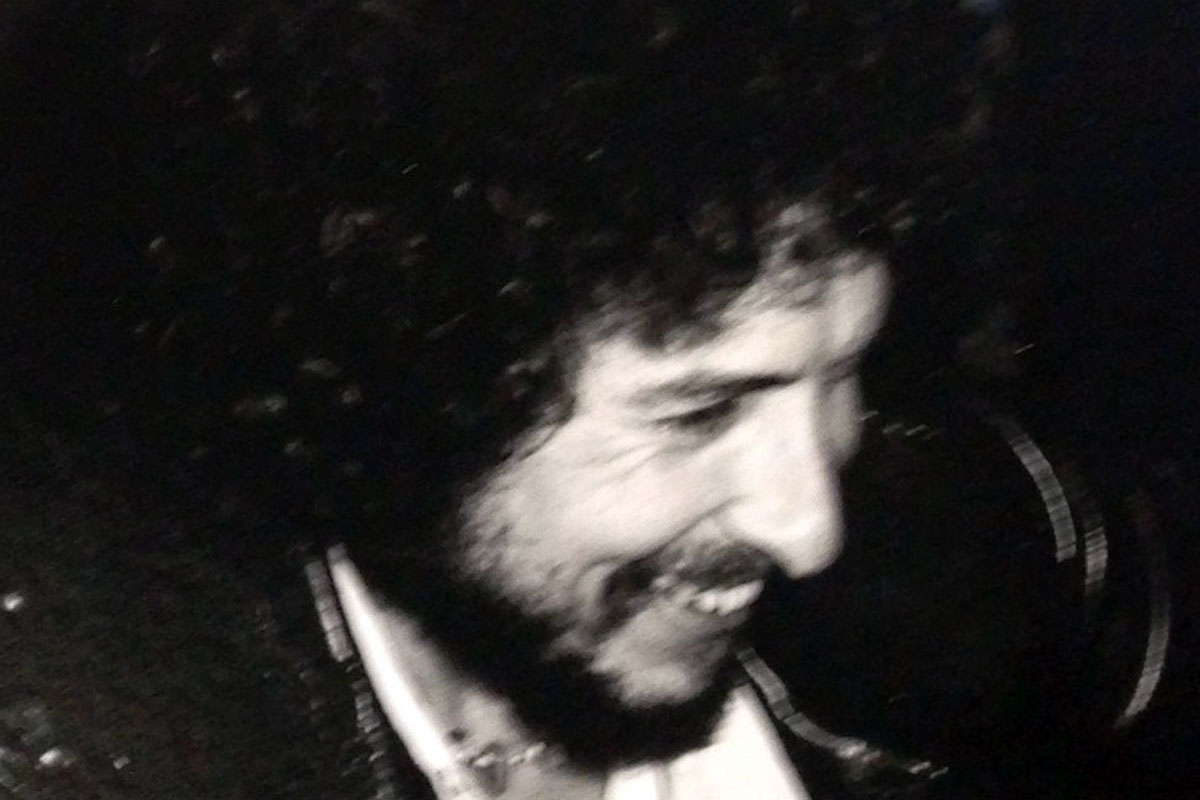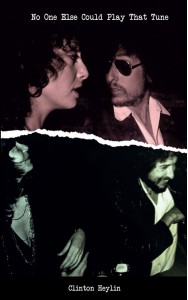An extract from Clinton Heylin’s No One Else Could Play That Tune set on 16th September 1974, Dylan has booked himself into the old Columbia studio in New York, the same room where he made all of his early to mid-sixties recordings, and he feels himself into the session with a handful of solo-acoustic performances of the songs in his notebook. Bob’s then partner Ellen Bernstein starts the tale:
Ellen Bernstein: [Dylan] knew these songs. He knew his vision for these songs [which] was very pure and very unadorned, and you don’t need a producer if your vision is that personal on something. I think he had a lot of belief in the integrity of the material.
Perhaps Dylan was already aware of the rep Ramone had started to acquire. According to Blood On The Tracks musician Charlie Brown III, Phil was someone who liked to take ‘a lot of credit for stuff that I don’t think he did. Producing all these people and having his name on it as producer is bullshit, because he didn’t do anything, y’know.’
What Ramone certainly was, though, was a consummate engineer; as good at mastering the nuances of analogue sound as Halee, minus the attitude. And his brief was the same one Dylan shared with his original Columbia producer, John Hammond Snr., the very afternoon they both returned to A & R: ‘I want to lay down a whole bunch of tracks. I don’t want to overdub. I want it easy and natural.’
Ellen recalls how the veteran A&R man ‘had asked to come into the studio that first night since it was historic in so many ways for him and for Bob, [who] was very welcoming … It was a lovely moment.’ Yet Hammond was slightly baffled by Dylan’s choice of recording date, pointing out to his former protégé, ‘This is a strange day to start recording … It is Rosh Hashanah and it is hard to get musicians.’ Looking for his own new beginning, Dylan snapped back, ‘Why not today? It’s the new year, isn’t it?’
Although A & R had a state-of-the-art sixteen-track desk, Dylan made it clear he intended to begin by recording a few songs acoustically, and that four tracks – the number he had used on every Studio A recording in the first half of the sixties – would suffice. Ramone suggested two guitar mikes and a single Sennheiser 421, a popular stage mike at the time, for the vocals:
Phil Ramone: I used the technique at the time … of using two guitar mikes, for reasons of sound and to give him freedom of movement, because he’s not prone to stand in one place without moving around … We had pretty good isolation. You hear his voice in his guitar mike, as you would anyone’s, but leakage is important, and the leakage in the guitar mike was quite good … I didn’t use anything but a dynamic mike on his vocals. It helped with the isolation, too … How do you keep the vocal out of the guitar mike, or vice versa? … The Sennheiser 421 … had an interesting top end, a warmth, if you kept reasonably close to it.
Assistant engineer Glenn Berger recalled, in his studio memoir, scurrying around trying to get the set-up just right, before leading ‘Dylan out to the studio and plac[ing] him in front of the mics. We used old Neumann microphones [sic], the kind he would’ve used in the early sixties. I stood inches from him … [It was] the seventies. It wasn’t the antiseptic spaceship of 2001. It was dirty and falling apart. It was all tubes, no transistors. The board would get hot … We had no idea what he was going to do, so we had to be ready for anything … As I ran around the studio tweaking mic positions, he called off a tune. “Let’s do ‘Tangled Up In Blue’ in G.” He hit his guitar, but instead of a G chord, it was an A. He was playing in a different key from the one he had called off and the lyrics were [to] “If You See Her, Say Hello”.’
The clock read just past four. If Dylan for even a moment thought about starting with ‘Tangled Up In Blue’ – in many ways the album’s trigger – no evidence remains on the studio logs or tapes, even though they were running both a mono reference tape (at either 7½ or 15 ips), plus a regular 30 ips multitrack.
When song one rolls, both reels record Ramone calling out, ‘“If You See Her, Say Hello” take one.’ No mistake. A perfect starter – even though the song was one of the last Dylan wrote for the album. Entirely absent from the two working notebooks Dylan was using prior to his summer visit to the farm – both of which are now housed at the Dylan archive in Tulsa – the lyric appears only in the ‘fair copy’ notebook that remains at the Morgan Library, New York, the seventh (of fifteen) songs therein.
It turns out ‘If You See Her, Say Hello’ had mutated from another song Dylan had been working on, only to scrap: ‘There Ain’t Gonna Be Any Next Time’. As his mood changed from autumnal brown to blue, he began to slip in lines like, ‘So kiss her nice and say hello’, ‘Though the emptiness still lingers’, and ‘I respect her … for what she did’. If this soon-discarded paean was a carpe diem to his tardy self, its replacement would find him again ruing past mistakes and wracked with remorse.
On that very first take of ‘If You See Her, Say Hello’ – a marathon effort and stellar performance – he is already striving for the voice within and immediately captures the essence of Blood On The Tracks. Five and a half minutes long, it is punctuated by no fewer than four harmonica breaks.
With nary a pause, he goes in search of that voice again, this time reining himself in harmonica-lly, searching for a tonal breath control he can set to remote for the remainder of the sessions. He doesn’t quite find it, but that second take is still ‘pulled’ to one of three master reels at the end of the second session, from which Jeff Rosen evidently accessed this version when compiling 1991’s The Bootleg Series Vols. 1-3. Already, Dylan was in the forbidden zone – and Ramone sensed it:
Phil Ramone: This was a serious night … a very quiet, deliberate letting out of the inside of him. Emotionally, he was in a state of revealing his life. And most writers don’t want to tell you they’re writing their autobiography. But it’s there in the atmosphere, as you hear the songs unfolding.
Ramone knew the stakes were high and the learning curve steep. It started with lesson one: ‘Bob doesn’t rehearse. Bob just starts creating [and] these songs start pouring out of him!’
In rapid succession, Dylan proceeds to reel off versions of ‘You’re A Big Girl Now’ and ‘Simple Twist Of Fate’ that take him to the emotional core of a collection he has barely begun recording. This time both second takes have the edge on the first, even if a six-minute take one of ‘You’re A Big Girl Now’ – with three seesaw bursts of the harmonica around his neck – prompts an impressed Ramone to correctly observe, ‘Great song.’

